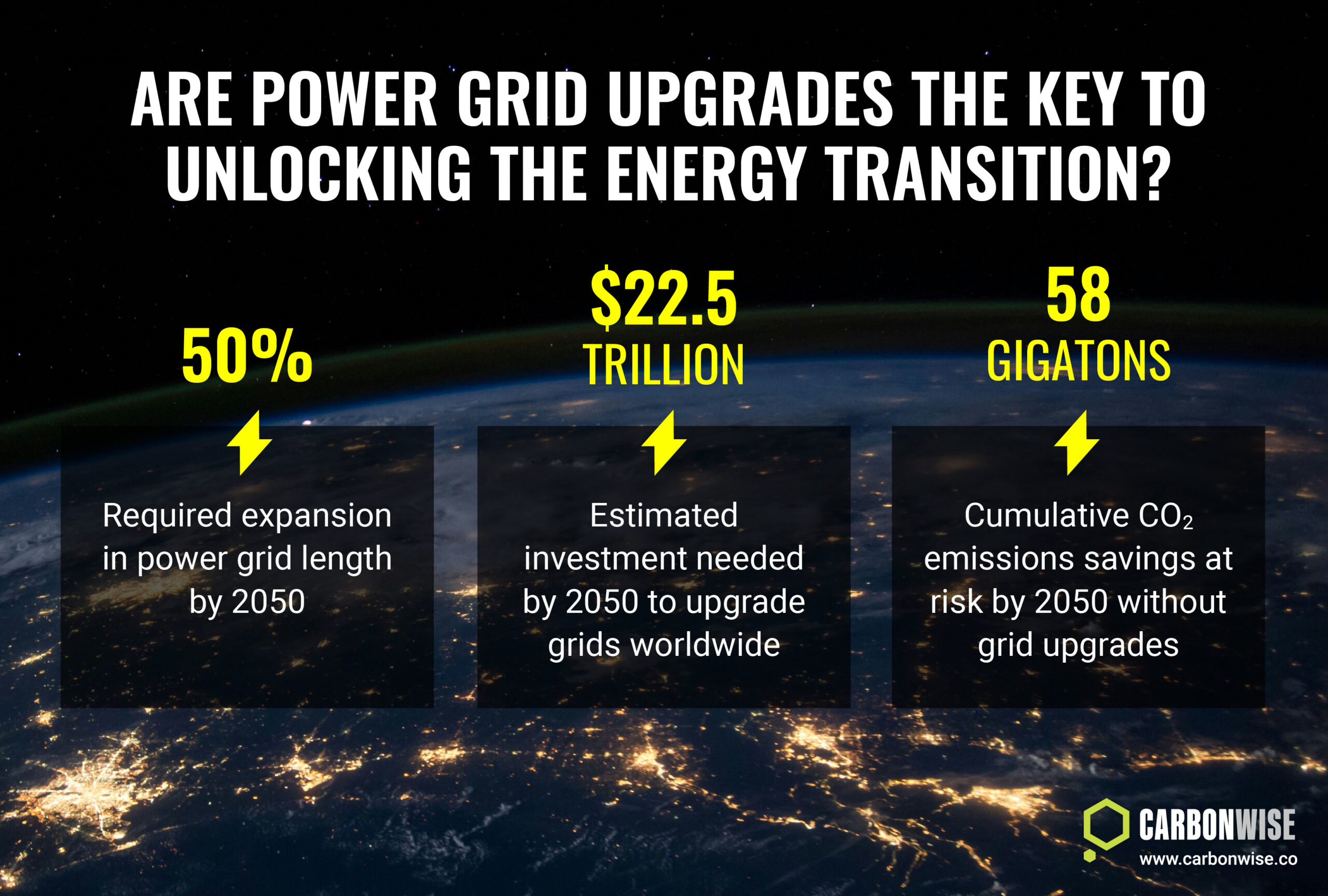The market for carbon credits took a significant step forward in October after the UN’s Article 6.4 Supervisory Body finalised key standards on carbon project methodologies and carbon removals. The Supervisory Body is responsible for operationalising the Paris Agreement Article 6.4 mechanism, also known as the Paris Agreement Crediting Mechanism.
The latest move means carbon project developers can start to submit methodologies to the Supervisory Body for approval. Projects which directly remove carbon emissions from the atmosphere, such as reforestation projects, soil carbon sequestration, and tech-based carbon capture projects, are seen as critical in the global effort to reach net zero emissions by 2050.
The body’s adoption of standards on carbon methodologies also helps to pave the way for further progress on Article 6 at the COP29 UN climate change summit in Baku, Azerbaijan, running November 11-22, 2024.
The Supervisory Body – made up of 12 members from Paris Agreement countries — has a mandate from more than 190 governments under the Paris Agreement to work on developing a market for carbon reductions. However, its progress has fallen foul of the political process in recent years as nations disagreed on aspects such as rules over environmental integrity of projects.
The latest move can be interpreted as the Supervisory Body taking a more assertive role in defining what the new mechanism can include, while allowing flexibility to take account of future guidance from nations as the political process unfolds, and as carbon markets develop.
The Paris Agreement Crediting Mechanism involves the use of project-based carbon credits as a way to help countries cooperate to reach their individual emissions reduction targets. The mechanism identifies and encourages opportunities for verifiable emissions reductions and attracts funding to implement them.
Further clarity on which projects will be eligible to generate credits under the Paris Agreement Crediting Mechanism is likely to improve investor confidence and boost the flow of capital into the market for carbon credits.
Article 6 of the Paris Agreement sets out the rules for international trade in greenhouse gas (GHG) emissions reductions. It is made up of two key sub-sections: Article 6.2, which involves a system of national accounting for GHG reductions allowing bilateral agreements between governments; and Article 6.4, which sets out a centralised emissions market overseen by the UN, and which includes the Supervisory Body.








